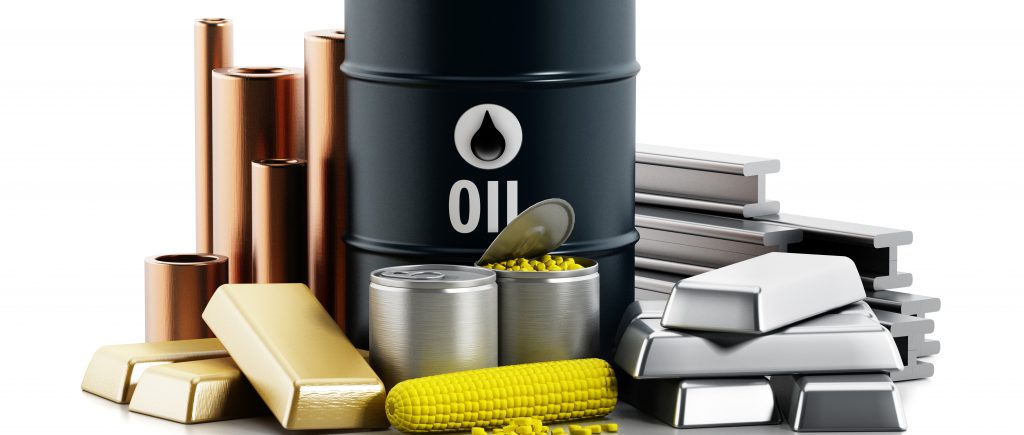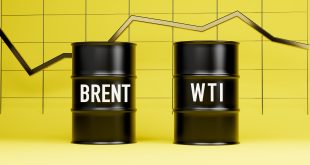Commodities are rising again, with copper, aluminum, crude oil, natural gas and wood reaping significant gains compared to pre-pandemic levels.
Supply disruptions and a global push toward sustainability may be driving the commodity boom, even as fiscal stimulus and low rate policies also impact the overall economic scene.
The U.S. government and the Federal Reserve have both acted aggressively to keep demand from collapsing since the beginning of the pandemic.
From its April 2020 lows, wood prices, for example, gained an astonishing 570% before hitting a high in May of 2021. But in the two months that followed, it lost 70% of its value. This dramatic collapse led some to believe that the post-pandemic increase in commodity prices was nearing an end.
But while the volatility of prices was occupying the attention of many traders, the rest of the commodity complex was quietly making significant gains. From just prior to the pandemic, copper prices have gained 55%, while aluminum prices have gained 65%. Even crude oil, which was conspicuously late to the rally, has climbed in recent months and now sits at a 30% gain compared to pre-pandemic level.
Inflation is always and everywhere a monetary phenomenon, but what happens when the quantity of money is rapidly rising at the same time that output is being stunted from forces like global supply shocks?
The persistent issue now is tremendous supply disruptions around the world that continue to impact the economic systems in addition to fiscal stimulus that collide with shortages to push prices even higher.

 Noor Trends News, Technical Analysis, Educational Tools and Recommendations
Noor Trends News, Technical Analysis, Educational Tools and Recommendations




